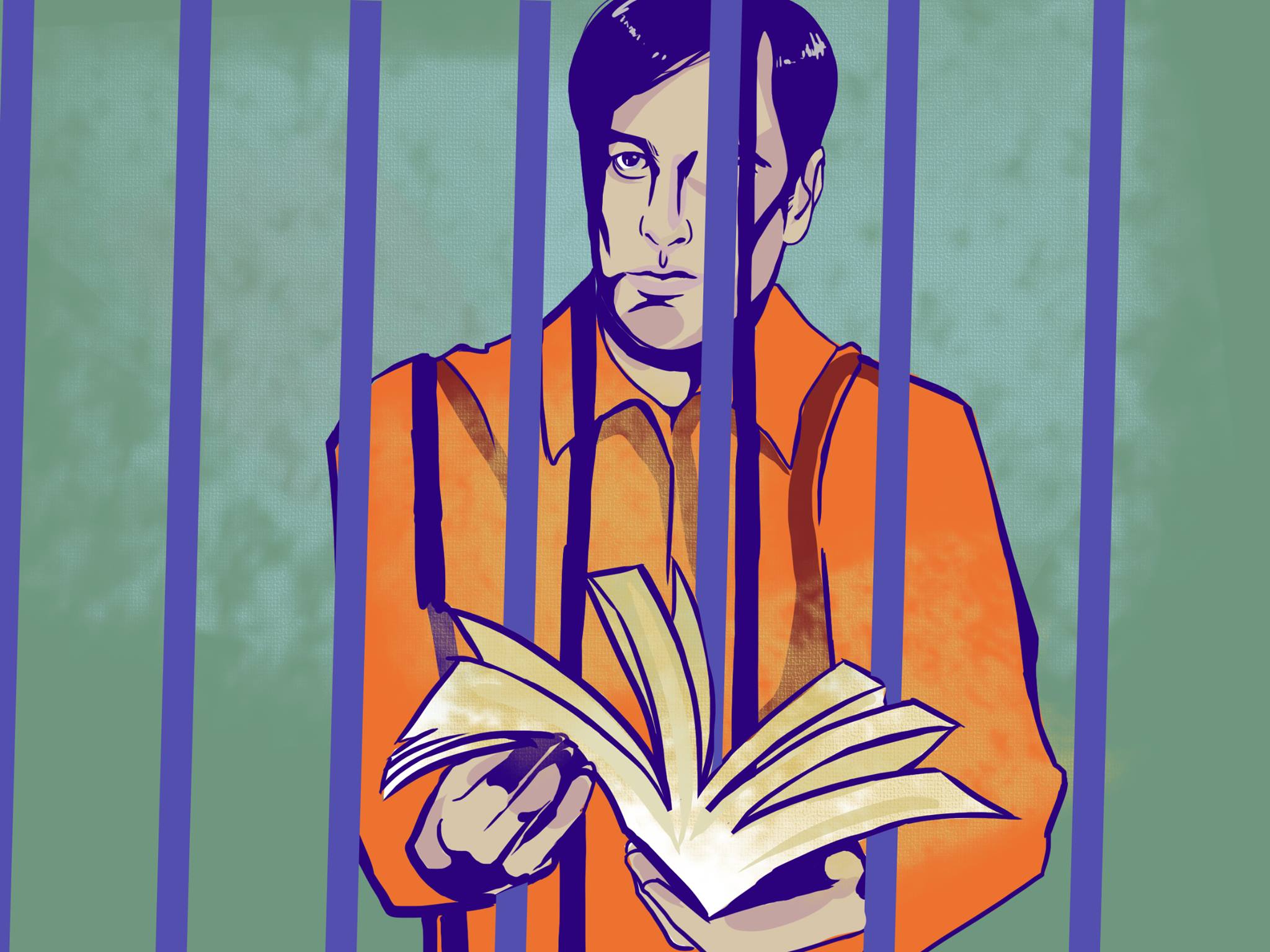A course focusing on prison writing was recently unveiled at the University of Regina that intends to help students understand what it’s like to live behind bars.
The course examines prison writing narratives, including Martin Luther King Jr.’s Letter from Birmingham Jail, podcasts from journalist and current death row inmate Mumia Abu-Jamal, and the Netflix series Orange is the New Black.
The course is “unconventional,” said instructor Jason Demers, and aims to explore the question of the types of writing produced in prison and what they reveal about the world that exists behind bars.
By studying these writings and on-screen prison depictions such as Orange is the New Black, Demers said it provides students a glimpse of the reality of being in prison.
“Prison writing challenges that barrier that exists that separates society from prison,” Demers said. “Hollywood provides these cultural texts that allow us to peer into prison.”
Demers said although Orange is the New Black can be sensationalistic, some scenes shed light on difficult realities.
A scene from the beginning of the series depicts protagonist Piper Chapman, who had never been sentenced to prison beforehand, being suddenly relocated to a new prison without warning with no bathroom privileges or food in the transfer. Sudden transfers are common in the real world, said Demers, who has heard similar stories in conversations with inmates.
Prison literature is also taught by criminology professor Justin Piché at the University of Ottawa. In the academic discipline of criminology, Piché said writing by prisoners has been marginalized, which is why he makes a point to include it in lectures.
Piché is also an editor for the Journal of Prisoners on Prison, an academic publication featuring writing from inmates and former inmates about prison institutions and the system.
He said writing provides inmates with autonomy in an environment where they otherwise have little control of their lives.
“It affords people who are incarcerated with an ability to basically step into their mind outside of the prison to reflect upon things that are happening behind prison walls,” he said. “It gives them that sense of control . . . They’re making a contribution to knowledge.”
Piché also said studying writing authored behind bars is one of the few ways the public can understand the experience of being incarcerated. He said the common misconception about the incarcerated is the idea that “we are adding to our community by subtracting the criminalized from our communities.”
“If people take the time to engage with people who are in conflict with the law, you find out they’re people just like us who all have their strengths and limitations and have something to offer,” he said. “People just need opportunities.”
The academic value of studying prison writing was first recognized in the late 1970s, according to Demers. In 2013, there were about two million Americans behind bars, according to the Prison Policy Initiative. As these numbers increase, Piché said prison writing has gained credibility and popularity in the academic world.
Inside-Out is a prison exchange program in Philadelphia where inmates and university students learn side-by-side. Although the program hasn’t extended to Canada, Demers said there are other Canadian universities that have implemented prison writing into their courses, Dalhousie University being one.
Demers became interested in prison writing while volunteering with a literacy program at the now-closed Kingston Penitentiary while studying at Queen’s University.
In preparation for working in the prison with inmates, the volunteer group roleplayed different scenarios. Demers noticed people would act a certain way when they played the guards and switched to inmates. He said he realized they were acting out stereotypes learned from television depictions.
“Despite the fact that we had the best intentions of going to prison and wanting to participate in this literacy program, we were way off base,” he said.
Demers said he realized how rewarding of an experience it is to work with prison inmates when he helped a prisoner who had a cognitive disability write letters to his mother.
“[It] led me to seek out other writing to get a better idea of who inmates actually were,” he said.






